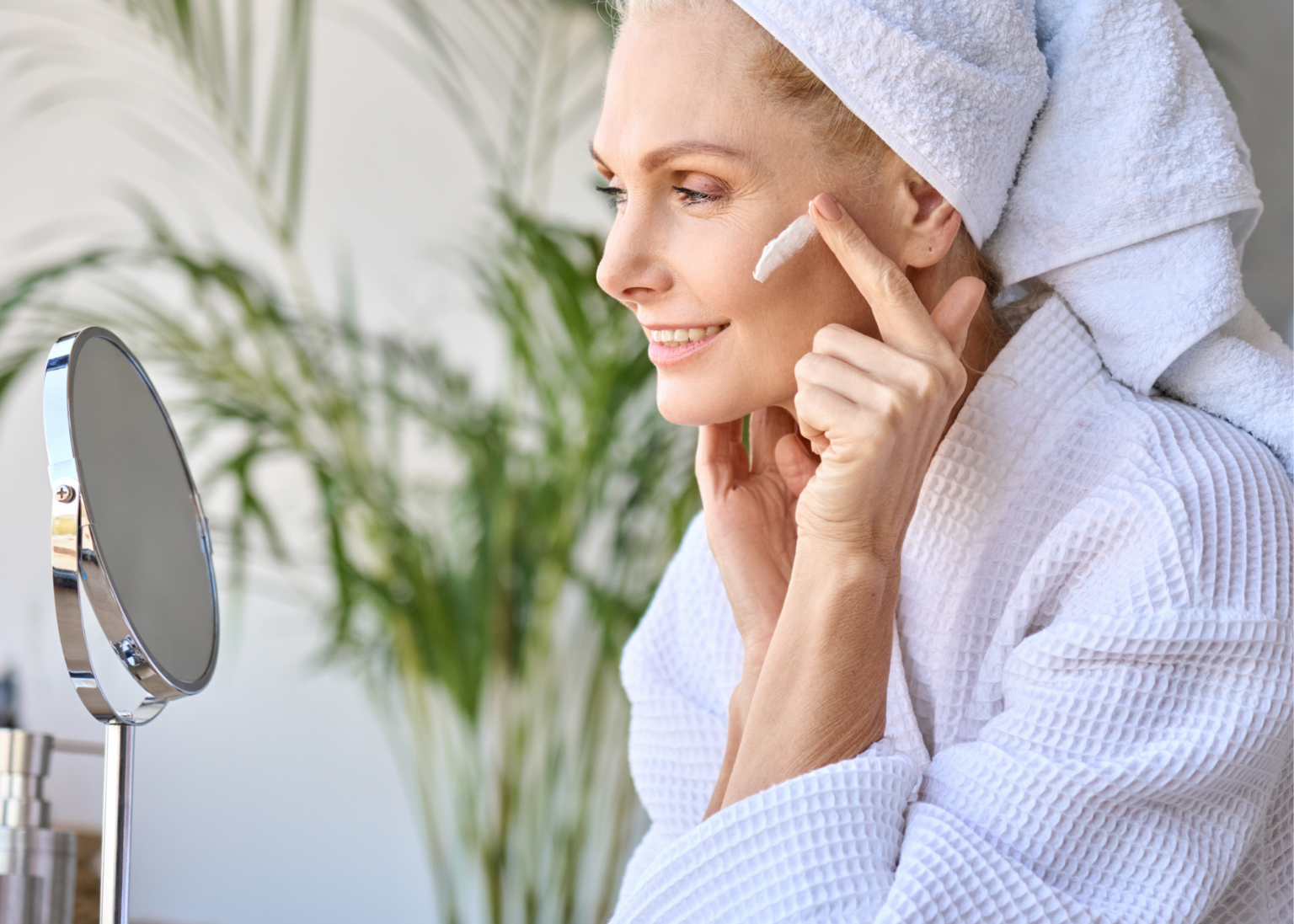When it comes to preventing or minimizing fine lines and wrinkles or clearing up your complexion, few skincare products are more lauded than retinol. The irony? While this product is a mainstay at drug stores, cosmetic counters, and dermatology practices, it’s commonly misused.
First things first: what is retinol?
Retinol—alongside other retinoids, such as retinoic acid and retinyl palmitate—is essentially a derivative of vitamin A, which is one of the body’s key nutrients for boosting cell turnover. It’s most commonly used for:
- Preventing wrinkles. Retinol not only smoothes your current fine lines and wrinkles but also minimizes the new ones that form.
- Brightening dull skin. It exfoliates on a cellular level, revealing brighter, smoother, and, quite literally, newer skin.
- Treating Acne. It not only regulates oily skin, but also keeps pores from clogging, resulting in fewer blackheads, cysts, and pimples.
- Fading dark spots. Over time, it’ll even out your complexion, fading sunspots, acne scars, hyperpigmentation, and dark spots.
When should you start using retinol?
Up until your early 30s, your cells turn over every 28 days, creating a fresh layer of untouched, pristine skin. But after you hit your mid-30s, your cell regeneration slows down, turning over every 50, 60, or 70 days. That slow regeneration causes the skin to appear dry, dull, and wrinkled (a.k.a. the very picture of aging). An ounce of prevention is worth a pound of cure, so we recommend incorporating retinol products into your skincare routine as early as your 20s or 30s.
How to use retinol (the right way):
From night creams to resurfacing serums to undereye moisturizers, retinol is becoming one of the most common ingredients in anti-aging products. But there are a few key do’s and don’ts to keep in mind if you apply any product that contains retinol.
- DO choose the right retinol. Try retinyl palmitate for sensitive skin, retinol or retinaldehyde for “normal” skin, or adapalene (a.k.a. Differin) for oily, acne-prone skin.
- DON’T use too much at once. Retinol should only be applied in pea-sized amounts once or twice a week. Ask your dermatologist if you have questions about applying a specific product.
- DO alternate harsh products. Don’t use all your harsh products – like acids, peels, or retinoids – on the same day as it might irritate your skin.
- DON’T skip sunscreen. Retinol makes the skin extra sensitive to UV rays, so applying sunscreen (all year round) is even more important.
Our mission is to provide patients with expert dermatologic care in a comfortable and welcoming office environment. Experience the difference that our friendly staff makes to your skincare experience when you schedule an appointment at 337-235-6886.
